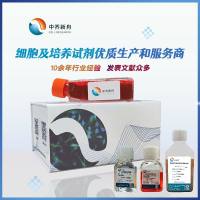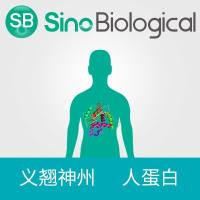AlgiMatrix 3D Culture System
互联网
相关产品推荐

CD3D & CD3E Heterodimer重组蛋白|Recombinant Human CD3D & CD3E Heterodimer Protein (ECD)
¥2050

血清替代物II(Cell Culture Supplement)
¥2580

btuC/btuC蛋白/btuC; OE_2952FCobalamin import system permease protein BtuC蛋白/Recombinant Halobacterium salinarum Cobalamin import system permease protein BtuC (btuC)重组蛋白
¥69

CD3D & CD3E Heterodimer重组蛋白|Recombinant Human CD3D & CD3E Heterodimer Protein (Flag & His Tag)
¥2310

重组人CD3D & CD3E Heterodimer蛋白(Site-Specific AF 488 Conjugation, Flag & His)
¥3480
相关问答

